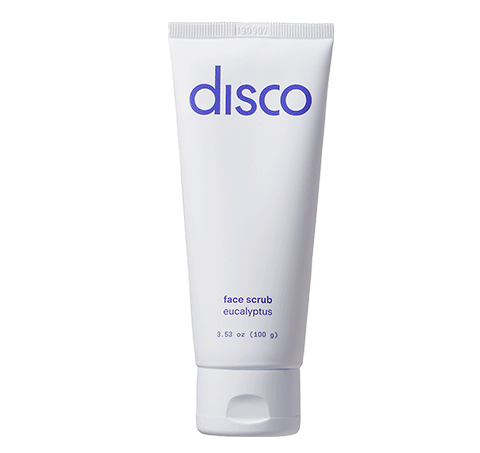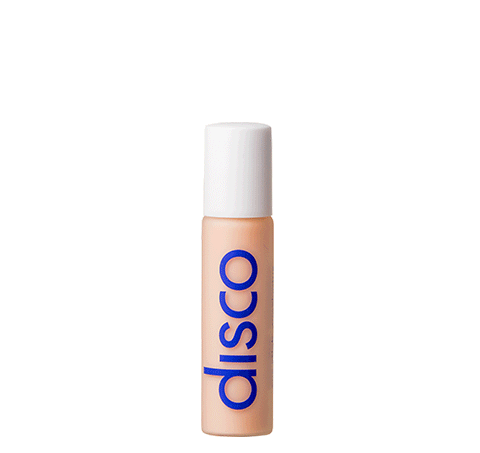Trying to grow your hair out can be a long, painstakingly dull process.
Better yet, if you’re growing it out for a new hairstyle, you’re likely to hit an awkward stage or two along the way where your hair doesn’t look quite right, even if you’re cutting it regularly.
There’s no need to get impatient with the amount of time required to grow your hair just a few inches longer: trust the process.
Here is the process.
The Science Of Hair Growth
Hair follicles are responsible for all of the hair growth on your body. We are all born with about a hundred thousand hair follicles on our scalp. Whatever you’re born with is what you’ll be working with for life because humans don’t get new hair follicles throughout our lifetimes.
Hair follicles have several layers housed beneath the surface of your skin. The deepest layer is the papilla, where tiny capillaries feed the living part of your hair, called the bulb. The cells in the bulb divide every 2-3 days (faster than any other cell in your body), and this division is what manifests as hair growth. The rest of your hair shaft consists of a protein called keratin.
There are three different stages of hair growth:
Anagen, or the active phase of new hair growth, is when the cells in your hair's root are dividing rapidly, and your hair is actively growing. This new growth pushes old growth up the follicle and out above the surface of your scalp. Your hair will grow the fastest during this stage, at a rate of a little under ½” per month, and new hair growth can stay in this phase for 2-6 years.
Catagen is the transitional stage at the end of active growth. New hair growth stops during this phase, and the base of your hair forms a small, hard “club” as the outer sheath of the root shrinks back towards your scalp. Typically this phase lasts about 2-3 weeks.
Telogen, the resting phase, is when your hair remains on your scalp but has stopped actively growing. Your hair can “rest” on your scalp for a little over three months before naturally shedding.
Humans don’t shed our hair seasonally; instead, we lose hairs here and there over our day. New hair grows in to replace the hairs we shed. Since we shed our hair at random, you will have hair in all three growth stages all over your head at any given point in time. The majority of your hair will be in the active anagen growth phase and only about 10% in the transitional or resting phase.
Why Can’t I Grow Out My Hair?
If your active phase of growth is short, then you may have difficulty growing your hair out. The length of the anagen growth phase is dependent on factors such as your age, overall health, and genetics. Your hair follicles may gradually stop producing more hair to replace the strands you shed as you get older, minimizing overall new growth.
Even if your follicles continue to make new hairs, they are likely to shrink as you age, which means that your new hair growth will be thinner, weaker, and likely to break or fall out in a shorter amount of time.
Unhealthy grooming habits that damage your hair can also cut the growth stage short. Anything that damages your hair, like using excessive heat when styling or brushing roughly when wet, increases the likelihood that you’ll shed or break off individual strands before they reach the telogen growth phase.
On top of that, factors such as consistent stress or a calorie-restricted diet can also limit new hair growth.
How Do I Make My Hair Grow Faster?
If your hair growth has started to slow, or you’re looking for a way to boost your growth for a new hairstyle you’re dying to experiment with, there are a few things you can try.
1. Take a multivitamin supplement. Your hair needs an array of vitamins and nutrients to maintain healthy growth. If you’re getting enough essential vitamins through your diet, then taking a supplement isn’t likely to help your hair grow faster. However, suppose you’re operating on a calorie deficit or struggle to get enough fruits or vegetables in your diet. In that case, a supplement may help you to get enough nutrients for your hair to grow at an average rate. Vitamin B-complex and biotin are commonly associated with healthy hair growth.
2. Include lots of protein in your diet. Your hair is entirely built from protein cells, so including lots of protein in your diet is critical to maintaining a healthy head of hair. If you’re running on a shortage of protein, then your follicles won’t have the building blocks needed to feed your hair.
3. Use coconut oil to stimulate your scalp. Coconut oil is chock full of vitamins and fatty acids that will nourish your scalp and help to minimize the buildup of sebum at your hair follicles. On top of that, you can use coconut oil as a leave-in conditioning treatment for your hair to ensure that it doesn't get dried out and brittle (and therefore less likely to fall out prematurely).
Final Thoughts
The key to healthy hair growth is, primarily, being healthy in general. Your hair and skin are often the first indicators of unhealthy habits. A poor diet can manifest itself in an acne breakout or in dull, slow-growing hair. Similarly, thinning hair can be a sign that your diet is protein-deficient.
When it comes to your health and self-care, consistency is key. Establishing daily habits and routines to take care of your skin, body, and overall wellness will pay dividends in the long run. When you look good, you'll feel good, and that kind of self-confidence wears better than any haircut.







